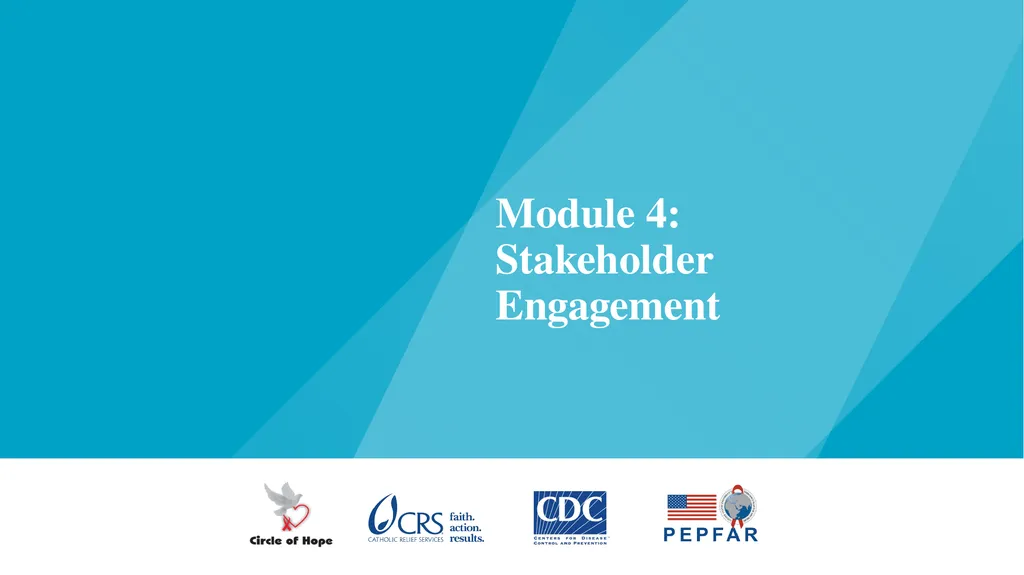
Module 4: Stakeholder Engagement Describe the
Author: faustina-dinatale | Published: 2025-05-29
Description: Module 4: Stakeholder Engagement Describe the importance of stakeholder engagement when establishing the CP model Outline the overall process of stakeholder engagement in the CP model from the initial interest of an IPlocal agency to
Download Presentation
Download the PPT/PDF: Download
Transcript:
Loading transcript…